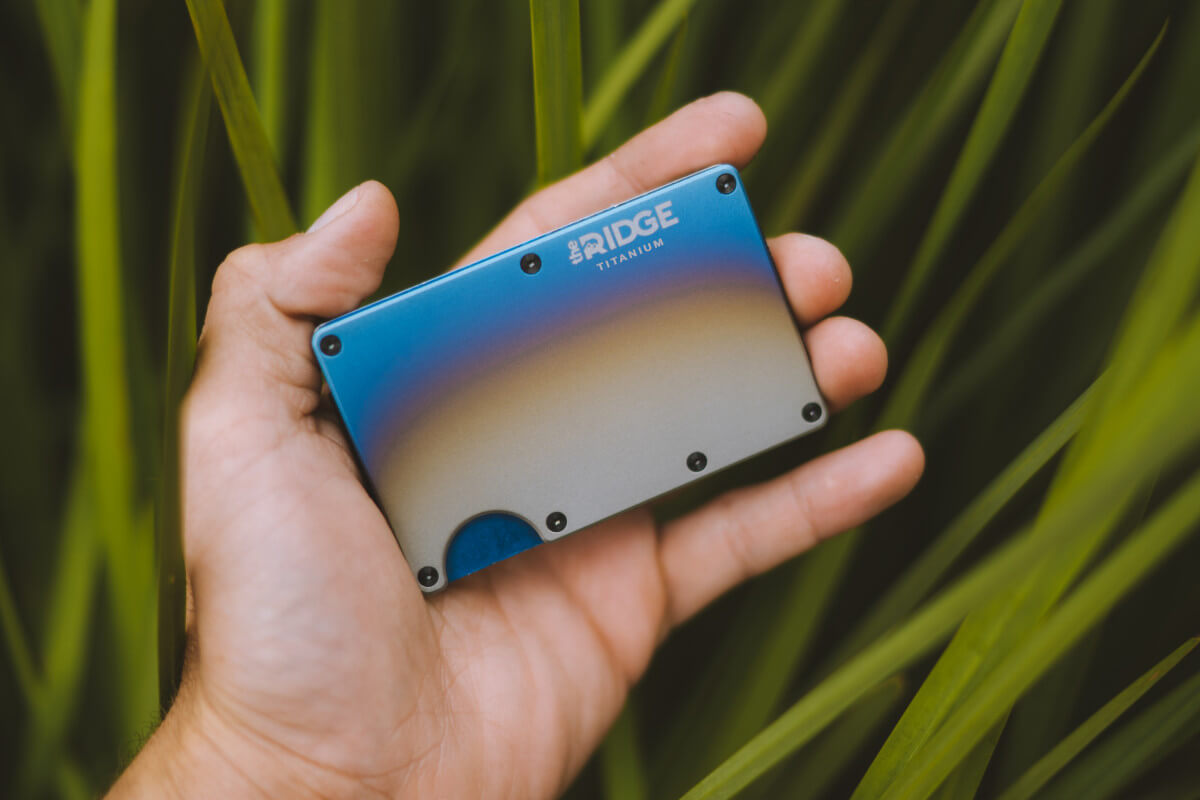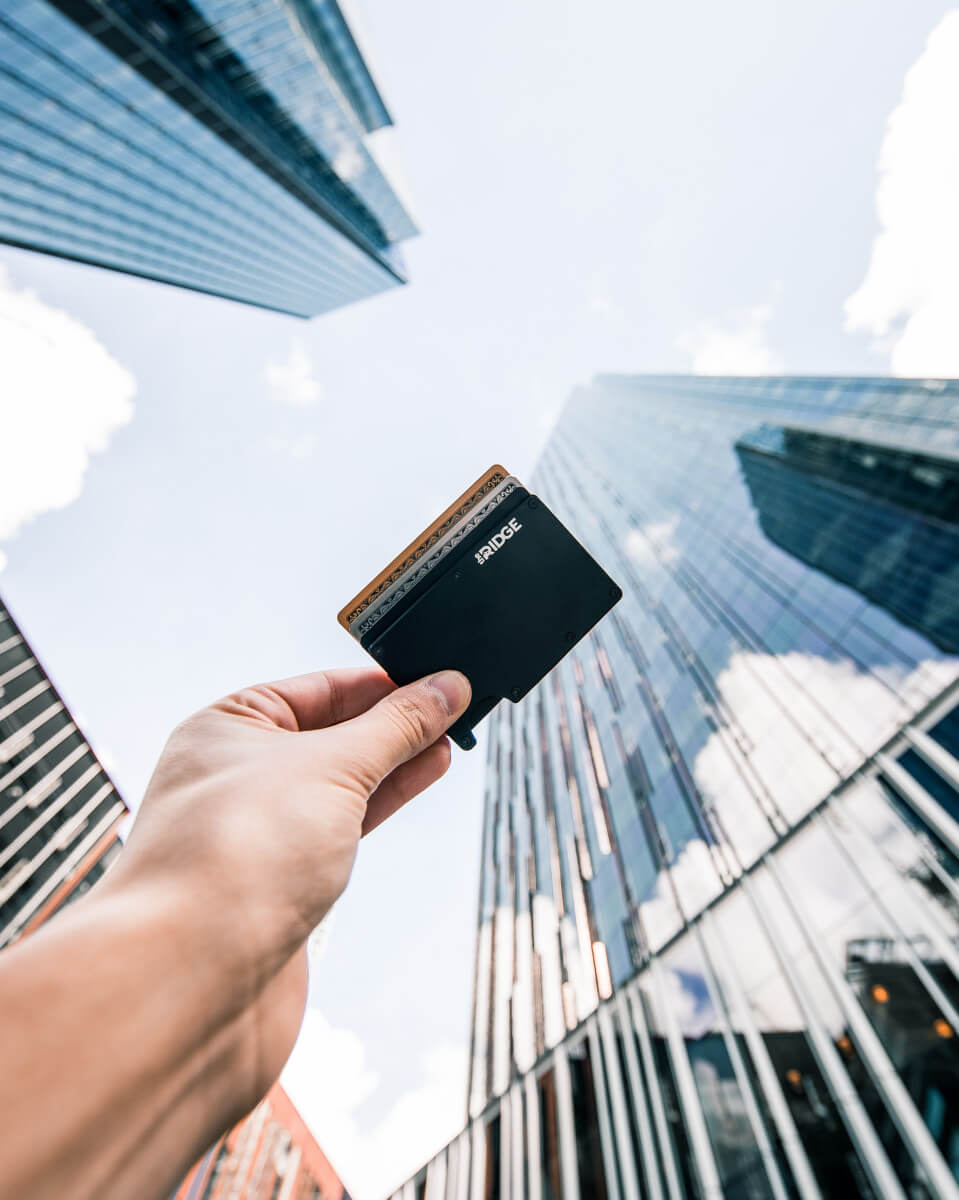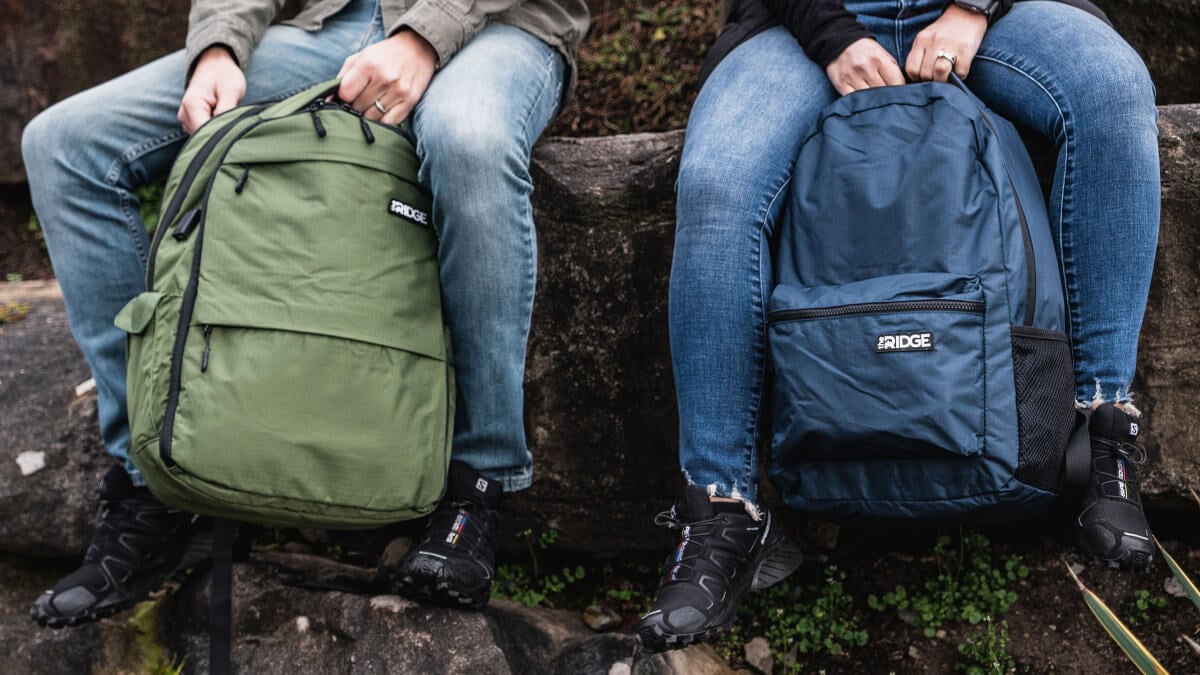What Is An RFID Wallet?
Sometimes you can pass someone on the street and there’s an inexplicable magnetic force between you. Often this is driven by attraction, but other times, it’s because they’re trying to steal your identity.
Infrequently, it’s both.
In the latter situation, you’ve been unknowingly compromised by a stranger with an RFID reader. RFID readers are the sneaky way that criminals, or “skimmers” are able to scan credit and debit cards, driver's licenses, passports, and more simply in passing using electromagnetic field readers. Using a card-magnetizing tool, criminals can transfer your data onto a new card, and gain access to your accounts and cards within mere moments Spooky, right?
It is why it’s essential to make sure access to your accounts is secure from these attacks. It also doesn’t require a Bond villain mastermind to pull off: it’s extremely easy and common to pull off by malicious attackers as long as they’re within a few feet from you. A credit card reader will set the buyer back about $50, and the card-magnetizing tool for a cool $300. That means that anyone with an RFID reader can easily activate those chips and pick up whatever sensitive information, like bank account numbers, they’re designed to transmit — without your knowledge.
The best way to stay protected from this threat is an RFID wallet, which blocks the scanner from picking up information and codes from inside your wallet. RFID-blocking wallets help insulate you from RFID skimming and protect your cards from this specific type of electronic pickpocketing. When activated by an RFID reader, RFID chips transmit information wirelessly so that owners can verify their identities or even make purchases without using a physical card.
Keep reading to learn more about RFID wallets, why they’re necessary, and how to stay protected — and look stylish while doing it.
What Is An RFID Wallet?
More fashionable than wrapping your cards in aluminum foil, for starters. Radio-frequency identification (RFID) is a process that uses electromagnetic fields to identify and track tags attached to objects, and the special layer of theRFID wallets blocks those electromagnetic fields from reaching your cards with the embedded RFID chips. In the case of the cards nestled in your wallet, these ‘tags’ contain electronically stored information that RFID scanner tools can read in close proximity — and once you’ve figured it out, it’s far too late.
To get more technical, carbon fiber or metal used in this shield is conductive, and the level of which determines the level of ease with which electric charges (heat) transfers through a material. This protective layer of anRFID blocking wallet disperses electromagnetic waves from a skimmer’s RFID scanner around the wallet, but not through the shield.
While it does a robust job, the RFID shield technology is so thin, you’ll hardly, if at all, notice it’s there.
Is An RFID Wallet Necessary?
Only if protecting your identity and accounts are. The tricky thing about data security is that it doesn’t seem like you need it until it’s too late. While chip-and-PIN systems have brought a higher level of security, it doesn’t prevent those with RFID readers from obtaining your information without consent.
In addition to necessary, RFID-blocking wallets are a far cry from your father’s bulky, leather bifoldwallets. The sleek, metal design of RFID-blocking wallets have as strong an aesthetic as it does security.
How Do You Know If Your Wallet Is RFID?
The easiest way to tell if your wallet is RFID protected is to read the product description, as it will clearly be labeled as such if it includes this feature. If you can’t find RFID protection in the label, assume it does not have the added layer of protection.
For example, The Ridge’s RFID wallets proudly offer premium RFID protection.
Is RFID Theft Real?
It’s important to note that RFID scanners are sometimes used for good. For example, they’re handy for businesses that need to scan inventory and shipments, or for access badges and security systems. In our daily lives, they help us pay for tolls on the highway automatically and allow contactless credit card payments. The trouble starts when someone with more sinister intentions
Security experts have demonstrated that a thief with an RFID reader can easily steal your credit card number or personal information just in passing. There can be huge identity threat implications, including credit card fraud — but that might be the least of your worries. While there is not a high number of these crimes recorded, it’s still a smart precaution for those who have sensitive information, or simply don’t want to risk having their identity compromised!
RFID: Solution For Theft
There are a couple ways to prevent RFID theft. Again, you couldwrap your cards in aluminumfoil, if you’re into that sort of thing. If you like a little more officiality, there are several RFID blocking sleeves for the important cards youcarry around that can be found online. You could even start carrying your wallet in your front pocket – this makes it a bit more difficult for thieves to scan your cards without you noticing.
The Ridge’s sleek RFID wallet provides the durability and reliability of mostRFID wallets, but with an extra added layer of style and minimalism you look for and love in The Ridge’s products.
This way, the next time you have a magnetic connection on the street, your wallet won’t be compromised. Until it’s time to pay for dinner.












